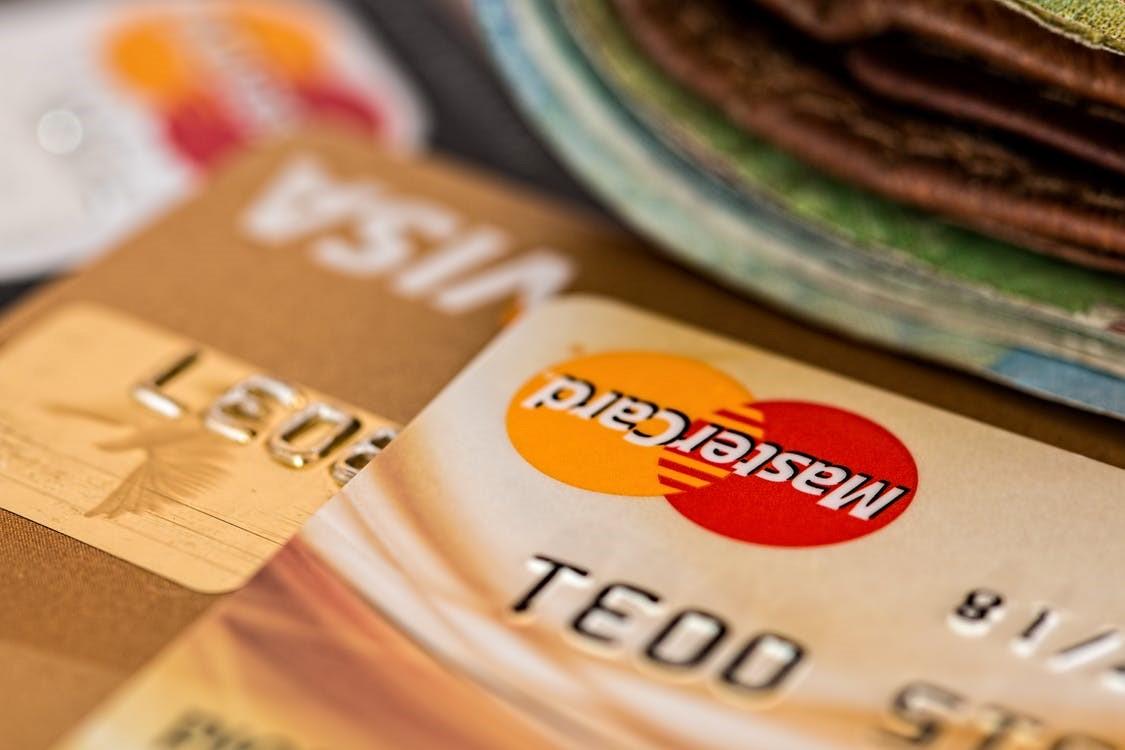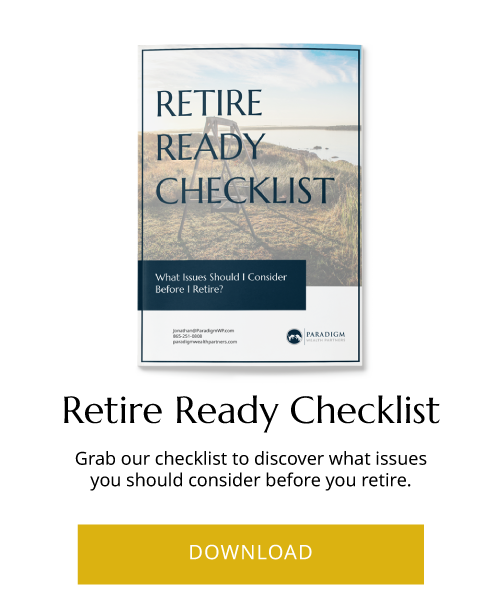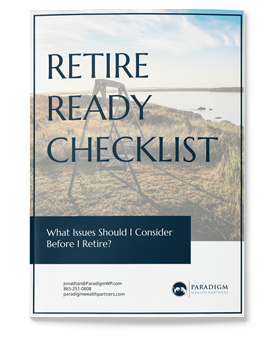Credit Card Debt Reduction: Four Steps
Jonathan Bednar, CFP® recently spoke with the team at Consolidated Credit to discuss tips on reducing credit card debt. See the full article here.
Credit card debt reduction in four easy steps
- Call your credit card companies to negotiate lower interest rates.
- Revisit your budget to free up as much cash flow as possible.
- Prioritize your credit card balances for elimination based on your budget.
- Focus your cash flow on eliminating one debt at a time to become debt-free.
“Tackle your debt using the debt snowball.”
Debt snowball: Start with the lowest balance first
If your highest APR debts are also your biggest balances, tiger style debt reduction may not work. This is especially true if you could not free up any extra cash for debt elimination because your budget is tight. In this case, you may not have enough power to tackle your largest debts first. Instead, you need to peck away at your debts, starting with the lowest balance first.
Use the debt snowball method to reduce debt starting with your lowest balances first.
All the steps above stay the same, but you prioritize your debts in Step 3 by current balance. You start with the lowest balance first, which frees up money bit by bit. Each debt you eliminate gives you more money to take out the next debt.
With the debt snowball method, you essentially start pecking away at your debts. Each debt that you knock down gives you more financial power to take out the next. By the time you get to your biggest balances, you have the monetary power you need to take them down.
Debt reduction tips
- Increase your income. Although the debt reduction strategies can work with no extra money, they work faster when you add extra funds.
- Stop charging! Any new credit card debt will only set you back as you pay off your balances. Avoid making new charges to your credit cards until you have your balances paid off.
- Build savings into your budget. Unexpected expenses are a leading cause of credit card debt. Try to pad your budget with at least some emergency savings. If you are living paycheck to paycheck, pay off a balance and then divert the cash that you save to an emergency savings fund.
- Avoid solutions that put you in a weaker financial position. If you are looking for solutions to a traditional debt reduction plan, avoid options that increase your financial risk, like a home equity loan, or that damage your credit, such as debt settlement.
A special thanks to Meghan Alard at Consolidated Credit for contributing to these tips.
Content in this material is for general information only and not intended to provide specific advice or recommendations for any individual. Meghan Alard & Consolidated Credit are not affiliated with or endorsed by LPL Financial and Paradigm Wealth Partners. Links provided are for your convenience only. Accessing websites through links directs you away from our website. We are not responsible for errors or omissions in the material on third party websites and the user assumes responsibility and risk from use of those websites.



